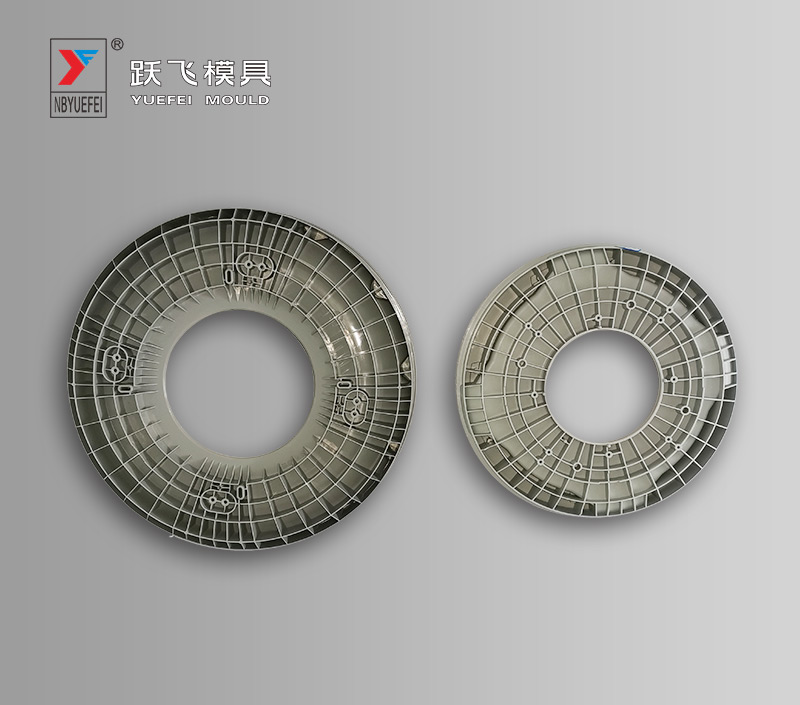1. Push-type mechanical seal and non-push-type mechanical seal
The push-type mechanical seal refers to a mechanical seal in which the auxiliary seal is mechanically pushed along the shaft or sleeve to compensate for the wear of the sealing surface, usually a spring-loaded mechanical seal.
The non-push type mechanical seal is used to supplement the mechanical seal fixed on the shaft, usually a bellows mechanical seal.
2. Balanced mechanical seal and unbalanced mechanical seal
The pressure in the sealing cavity of the mechanical seal acts on the mechanical seal of the mechanical seal on the moving ring to form a closing force, and the liquid film between the end faces forms an opening force. The load factor K>1, the seal is an unbalanced mechanical seal. Generally, unbalanced mechanical seals can only be used for low pressure. When the pressure is greater than a certain limit, the liquid film between the sealing surfaces will be squeezed out. Under the action of loss of liquid film lubrication and high load, the sealing face of the mechanical seal will be quickly damaged. Unbalanced mechanical seals cannot balance the effect of liquid on the end face, and the end face specific pressure rises with the increase of fluid pressure.
The load factor K<1, the seal is a balanced mechanical seal. The step on the built-in seal shaft of the balanced mechanical seal makes the sealing end face move inward in the radial direction without reducing the width of the sealing surface of the mechanical seal used in the kettle. The opening force of the seal remains the same, but since the moving ring has a larger area exposed to the liquid, the closing force is balanced by a considerable amount. Balanced mechanical seal The balance method of the externally mounted seal is the same as that of the built-in mechanical seal, except that the direction of the force is exactly opposite. In this case, the proportion of hydraulic pressure in the closing force should be increased to offset the opening force of the liquid film between the non-standard mechanical seal surfaces at the mechanical seal end. The balanced mechanical seal can partially balance the effect of the liquid on the end face, and the end face specific pressure rises slowly with the increase of the fluid pressure.

Generally, unbalanced mechanical seals can only be used for low pressure, but for poor lubrication performance, low boiling point, easily vaporized medium and high-speed working conditions, even under low pressure, balanced mechanical seals should be selected. Because for the unbalanced mechanical seal, when the pressure of the mechanical seal cavity rises, the liquid film between the sealing end faces will be squeezed out, so that the sealing surface of the mechanical seal will be damaged quickly. Balanced mechanical seals can be used in a variety of pressure applications.
3. Double mechanical seal without pressure and double mechanical seal with pressure
The single-end mechanical seal has only one pair of friction pairs, the structure is simple, the manufacture, disassembly and assembly are easy, generally only a flushing system is required, and an external sealing liquid system is not required.
Pressurized double mechanical seal (formerly known as double-end mechanical seal) refers to two pairs of friction pairs with complex structure and requires an external sealing liquid system. The pressurized double mechanical seal is passed into the sealing cavity with a pressure of 0.5~1.5bar higher than the medium pressure. The isolation fluid plays the role of blocking and lubrication, and the isolation fluid lubricates the inner seal. The pressureless double seal (formerly known as the series seal) refers to two pairs of friction pairs, the structure is complex, and an external sealing liquid system is required. The buffer liquid in the pressureless double seal sealing chamber is not pressurized, and the process medium lubricates the inner seal. effect.


 English
English 简体中文
简体中文 Español
Español Deutsche
Deutsche















